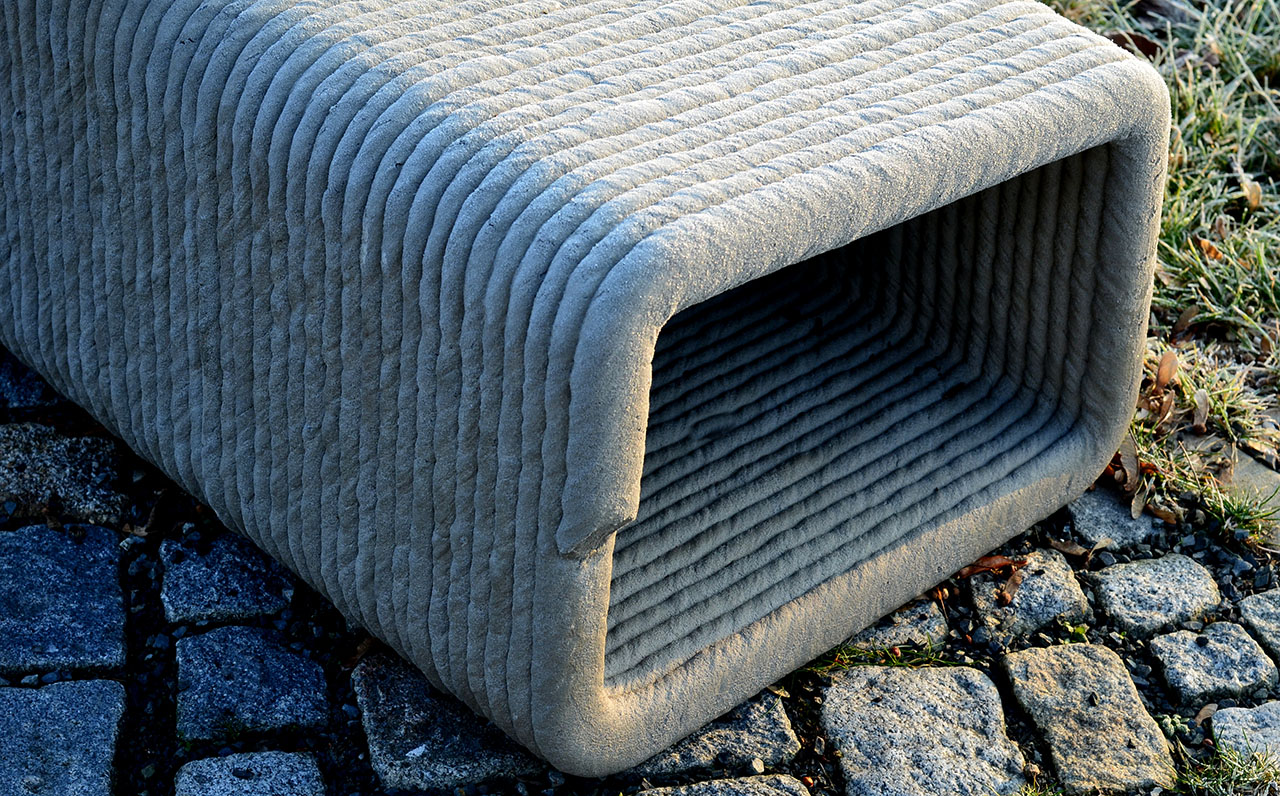Using Artificial Intelligence (AI) on ASTM standards and related intellectual property is prohibited. Violations will result in suspension of access.

Jul 16, 2025
ASTM International’s additive manufacturing committee (F42) is developing a proposed standard (WK94968) that will help to define the printability range of cementitious materials for any given extrusion-based 3D printer. WK94968 is under development within the committee’s test methods subcommittee (F42.01).
According to ASTM member Reza Foruzanmehr, the new standard addresses an existing gap by providing a test method that will identify the compatibility zone between cementitious mixtures and 3D printing extrusion systems in terms of optimal rheological properties. “Consider the example of a piping bag used for decorating cakes. If the cream inside is too stiff, it will not come out. If it is too runny, it will not hold its shape,” says Foruzanmehr, associate professor in the Department of Civil Engineering at the University of Ottawa. “The size and shape of the nozzle, as well as the force applied to squeeze the bag, also affect the outcome.”
The standard defines the minimum and maximum values of yield stress and viscosity, within which cementitious materials can be reliably extruded while maintaining printability factors, without requiring access to expensive and time-consuming rheometric tests.
Foruzanmehr notes that by providing a reproducible and accessible approach to evaluating material printability, the standard supports optimized mix design, accurate printer calibration, and consistent quality control for extrusion-based 3D printing systems.
This effort directly relates to the United Nations Sustainable Development Goal #11 on Sustainable Cities and Communities, #9 on Industry, Innovation, and Infrastructure, and #12 on Responsible Consumption and Production.
ASTM welcomes participation in the development of its standards. Become a member at www.astm.org/JOIN.
September / October 2025